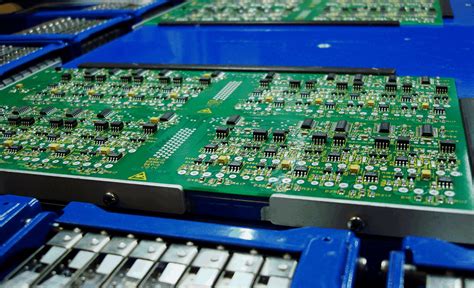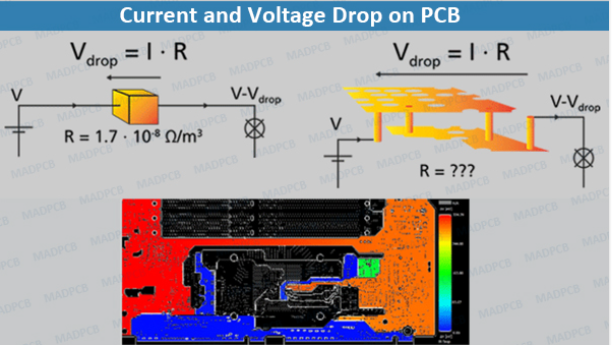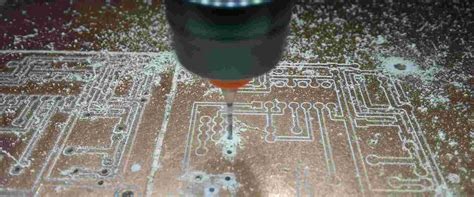PCB Technology Guide PCB Wiring Process Requirements
1 Line
Generally, the signal line width is 0.3mm (12mil), and the power line width is 0.77mm (30mil) or 1.27mm (50mil); the distance between lines and between lines and pads is greater than or equal to 0.33mm (13mil). In practical applications, the distance should be increased when conditions permit;
When the wiring density is high, it can be considered (but not recommended) to use two lines between IC pins, the line width is 0.254mm (10mil), and the line spacing is not less than 0.254mm (10mil). In special cases, when the device pins are dense and the width is narrow, the line width and line spacing can be appropriately reduced.
2 Pad (PAD)
The basic requirements for pads (PAD) and transition holes (VIA) are:
the diameter of the pad is greater than the diameter of the hole by 0.6mm; for example, general pin-type resistors, capacitors and integrated circuits, the pad/hole size is used 1.6mm/0.8mm (63mil/32mil), sockets, pins and diodes 1N4007, etc., use 1.8mm/1.0mm (71mil/39mil). In actual applications, it should be determined according to the actual size of the components. If conditions permit, the pad size can be appropriately increased;
The component mounting aperture designed on the PCB board should be about 0.2~0.4mm larger than the actual size of the component pin.
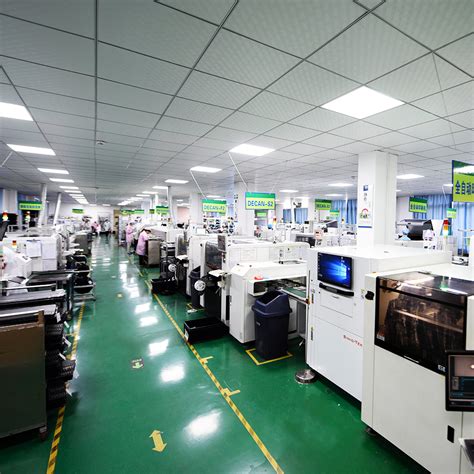
3 Via (VIA)
Generally 1.27mm/0.7mm (50mil/28mil);
When the wiring density is high, the via size can be appropriately reduced, but it should not be too small. You can consider using 1.0mm/0.6mm (40mil/24mil).
4 Requirements for the spacing between pads, lines and vias
PAD and VIA: ≥ 0.3mm (12mil)
PAD and PAD: ≥ 0.3mm (12mil)
PAD and TRACK: ≥ 0.3mm(12mil)
TRACK and TRACK : ≥ 0.3mm(12mil)
When the density is high:
PAD and VIA : ≥ 0.254mm(10mil)
PAD and PAD : ≥ 0.254mm(10mil)
PAD and TRACK : ≥ 0.254mm(10mil)
TRACK and TRACK : ≥ 0.254mm(10mil)
5: Wiring optimization and silk screen printing.
“There is no best, only better”! No matter how hard you think about the design, after you finish drawing, you will still find that many places can be modified. The general design experience is: the time for optimizing wiring is twice the time for the first wiring. After you feel that there is nothing to modify, you can lay copper (Place->polygon Plane). When laying copper, the ground wire is usually laid (note the separation of analog ground and digital ground). For multilayer boards, it may also be necessary to lay power. When it comes to silk screen printing, be careful not to be blocked by the device or removed by vias and pads. At the same time, when designing, look directly at the component surface, and the bottom layer of words should be mirrored to avoid confusing the layers.
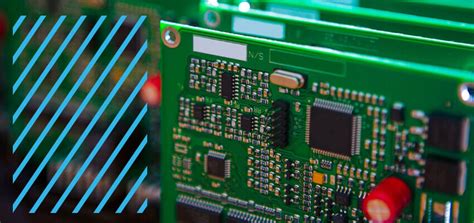
6 Network and DRC inspection and structural inspection.
First, on the premise of confirming that the circuit schematic design is correct, the generated PCB network file and the schematic network file are subjected to a network check (NETCHECK) of the physical connection relationship, and the design is corrected in time according to the output file results to ensure the correctness of the wiring connection relationship;
After the network check is passed correctly, the PCB design is subjected to a DRC check, and the design is corrected in time according to the output file results to ensure the electrical performance of the PCB wiring. Finally, the mechanical installation structure of the PCB needs to be further inspected and confirmed.
7.Plate making.
Before this, it is best to have an audit process.
PCB design is a job that requires careful thinking. The more careful and experienced you are, the better the board you will design. Therefore, you must be extremely careful when designing, and fully consider various factors (for example, many people do not consider the convenience of maintenance and inspection). If you keep improving, you will definitely be able to design a good board.

